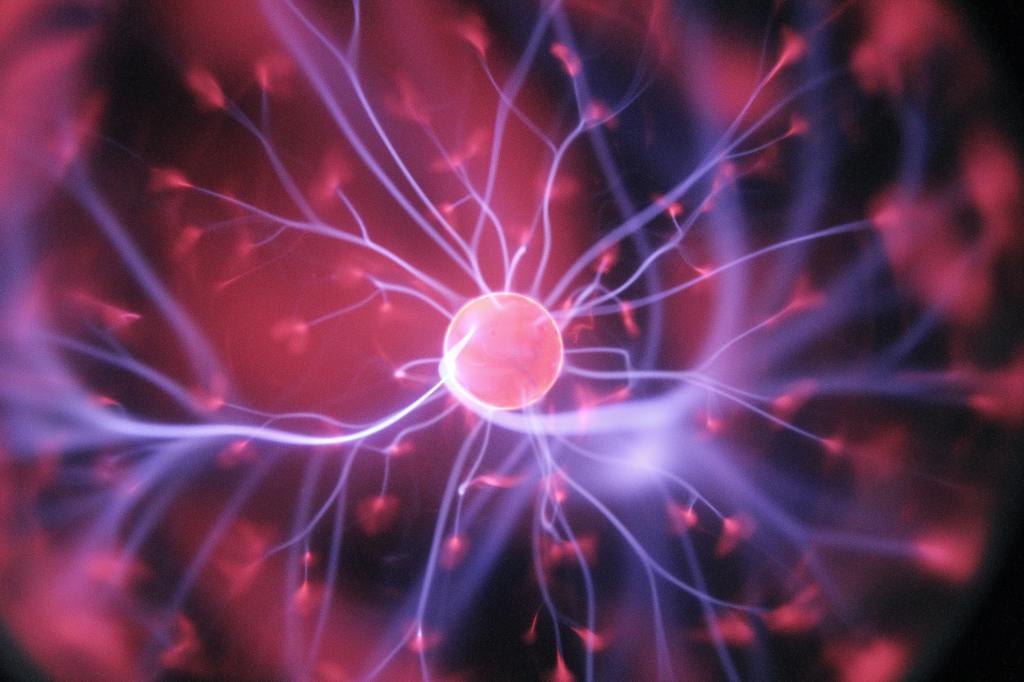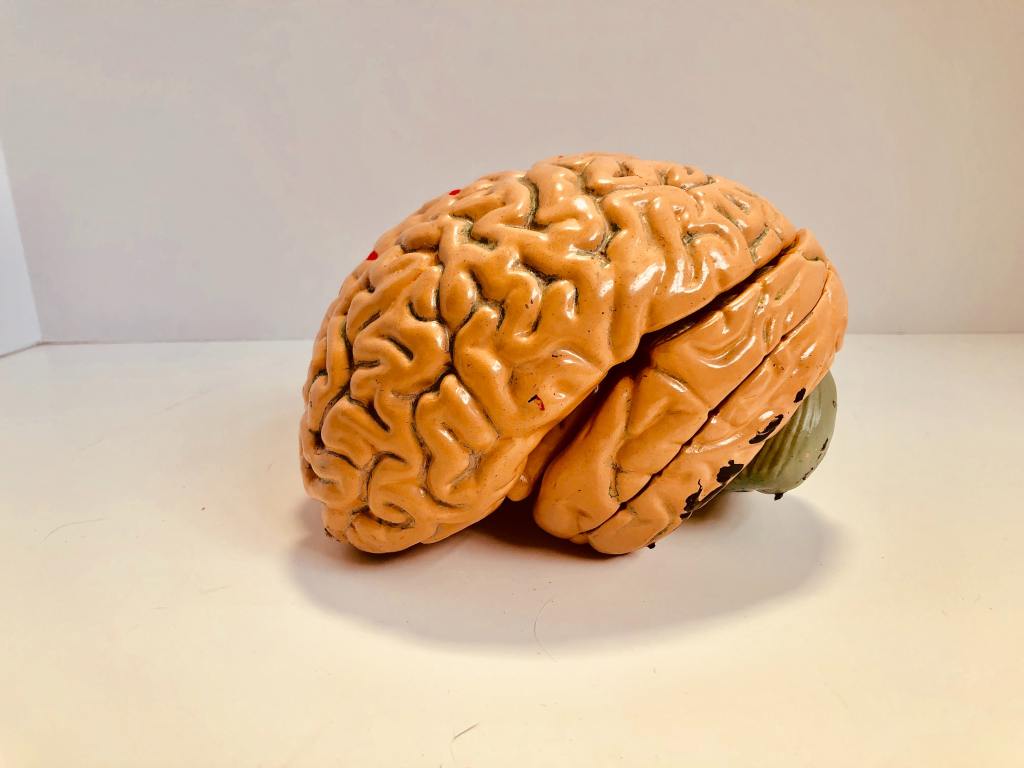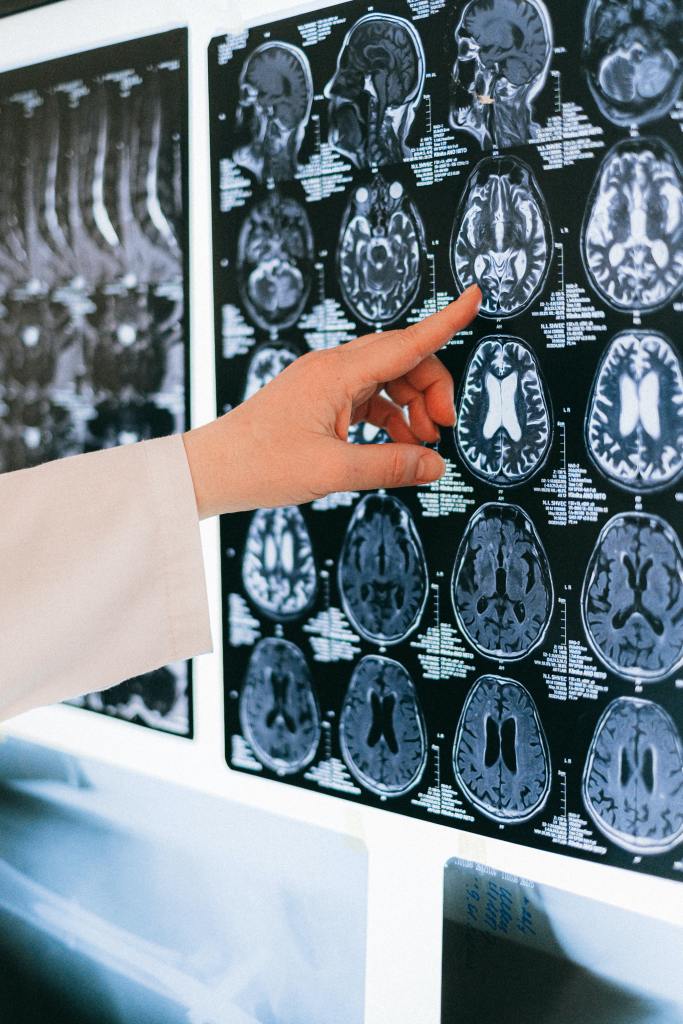मेंदूसाठी महत्त्वपूर्ण अँटिऑक्सिडंट्स
जसे की तुम्ही अनेक वेळा ऐकले असेल की अँटीऑक्सिडंट युक्त पदार्थ आपल्या शरीरासाठी अत्यंत फायदेशीर असतात. पण हे अँटीऑक्सिडंट्स काय आहेत आणि ते कसे कार्य करतात हे तुम्हाला माहिती आहे का? आज आम्ही तुम्हाला सांगू की अँटिऑक्सिडंट्स काय आहेत आणि ते आपल्या शरीरासाठी महत्वाचे का आहेत?

अँटिऑक्सिडंट म्हणजे काय?
अनेक फळे, भाज्या आणि धान्यांमध्ये आढळणारे अँटिऑक्सिडंट्स जीवनसत्त्वे, खनिजे आणि रसायनांचे मिश्रण आहेत. हे सर्व घटक ऑक्सिडेशनमुळे होणारे नुकसान तटस्थ करून आपल्या शरीराचे रक्षण करतात.
ऑक्सिडेशनचा वापर शरीरातील विविध क्रियांमध्ये होतो जसे पचन, श्वसन इ. ऑक्सिडेशन प्रक्रियेदरम्यान, अशी अनेक उत्पादने आपल्या शरीरात वाढू लागतात जी आपल्या शरीराला हानी पोहोचवतात. अँटीऑक्सिडंट्स हे जास्तीचे, हानिकारक पदार्थ नष्ट करून हृदयरोग, कर्करोग इत्यादी अनेक जीवघेण्या आजारांपासून आपले संरक्षण करतात. या ऑक्सिडेशनमूळे मेंंदू मध्ये बदल होत असतात. मेंदू साठी महतवचे अंतिऑक्साइड आपण बघूया.

व्हिटॅमिन ई. व्हिटॅमिन ई एक चरबी-विद्रव्य अँटिऑक्सिडेंट आहे जे मेंदू आणि परिधीय तंत्रिका पेशींच्या संरक्षणासाठी खूप महत्वाचे आहे. रक्ताच्या मेंदूचा अडथळा पार करण्यात त्याला काही अडचण आहे आणि म्हणून उच्च डोसमध्ये पुरवठा करणे आवश्यक आहे. हे जीवनसत्व मेंदूच्या पेशींचे संरक्षण करण्यासाठी महत्वाचे आहे .
व्हिटॅमिन सी व्हिटॅमिन सी ऊतक आणि मेंदू आणि मज्जातंतूंच्या सभोवतालच्या द्रवपदार्थात लक्ष केंद्रित करू शकते. हे रक्ताच्या मेंदूच्या अडथळ्यामधून जाण्यास सक्षम आहे आणि खरं तर, प्लाझ्मापेक्षा व्हिटॅमिन सीची पातळी या ऊतीमध्ये 10 पट जास्त आहे. जेव्हा आपल्याला हे समजते की व्हिटॅमिन सी हा एक उत्कृष्ट अँटिऑक्सिडेंटच नाही तर व्हिटॅमिन ई आणि ग्लूटाथिओन पुन्हा निर्माण करण्याची क्षमता देखील आहे, तो मेंदू आणि मज्जातंतू पेशींच्या संरक्षणासाठी एक अत्यंत महत्वाचा पोषक बनतो. डॉ. एम. सी. मॉरिस यांनी एका अभ्यासाचा अहवाल दिला आहे की, पंचाहत्तर वर्षांवरील सामान्य रूग्णांना पूरक म्हणून दिलेले व्हिटॅमिन सी आणि व्हिटॅमिन ई यांनी अल्झायमर होण्याचा धोका कमी केला आहे.
ग्लूटाथिओन ग्लूटाथिओन मेंदू आणि मज्जातंतू पेशींमध्ये सर्वात महत्वाचे अँटीऑक्सिडेंट आहे. परंतु हे पोषक घटक तोंडी पूरकांपासून शोषणे कठीण आहे आणि रक्तातील मेंदूचा अडथळा पार करण्याची त्याची क्षमता अद्याप स्पष्ट नाही. शरीराला स्वतःचे ग्लूटाथिओन (एन-एसिटाइल-एल-सिस्टीन, नियासिन, सेलेनियम आणि व्हिटॅमिन बी 2) तयार करण्यासाठी आवश्यक असलेल्या पोषक घटकांची पूरकता ही या वेळी सर्वोत्तम रणनीती आहे. आपल्याला ग्लूटाथिओन पुन्हा निर्माण करणारी अँटिऑक्सिडेंट पोषक तत्त्वे उपलब्ध असणे आवश्यक आहे, म्हणून ते पुन्हा पुन्हा वापरले जाऊ शकते.
अल्फा-लिपोइक एसिड वैद्यकीय समुदाय अल्फा-लिपोइक एसिडला एक महत्त्वाचा अँटीऑक्सिडेंट म्हणून अधिकाधिक ओळखत आहे. हे चरबी आणि पाण्यात विरघळणारे आहे आणि रक्तातील मेंदूचा अडथळा पार करण्याची क्षमता देखील आहे. हे व्हिटॅमिन सी आणि ई, इंट्रासेल्युलर ग्लुताठिओन आणि सीओक्यू 10 पुन्हा निर्माण करू शकते. या अँटिऑक्सिडंटची आणखी एक महत्त्वाची मालमत्ता अशी आहे की ती मेंदूतील विषारी धातूंना स्वतःला जोडू शकते आणि त्यांना आपल्या शरीरातून काढून टाकण्यास मदत करते. पारा, अॅल्युमिनियम, कॅडमियम आणि शिसे यासारख्या जड धातुंमुुळे नुरोन्डिजेनेरेटिव्ह रोग होण्याचा धोका वाढवण्यात गुंतला आहे. शरीराच्या त्या भागामध्ये जास्त प्रमाणात चरबी एकाग्र झाल्यामुळे हे धातू मेंदूच्या ऊतकांमध्ये स्वतःला जमा करतात. या धातूंमुळे ऑक्सिडेटिव्ह ताण वाढू शकतो आणि एकदा ते मध्यवर्ती मज्जासंस्थेतून काढून टाकणे अत्यंत कठीण असते. अँटीऑक्सिडंट्स जे केवळ शक्तिशाली नाहीत परंतु या विषारी जड धातूंना काढून टाकण्यास मदत करण्याची क्षमता आहे ते अधिक आणि अधिक महत्वाचे बनतील.
कोएन्झाइम Q10 कोएन्झाइम क्यू 10 हा एक अतिशय शक्तिशाली अँटिऑक्सिडेंट आहे तसेच पेशीमध्ये उर्जा निर्मितीसाठी सर्वात महत्वाचा पोषक आहे. क्लिनिकल अभ्यासानुसार असे दिसून आले आहे की माइटोकॉन्ड्रियामध्ये ऑक्सिडेटिव्ह नुकसान (येथेच CoQ10 कार्य करते) न्यूरोडिजेनेरेटिव्ह रोगांच्या विकासासाठी एक महत्त्वाचा पैलू आहे. जसजसे वय वाढते तसतसे आपल्या मेंदू आणि मज्जातंतू पेशींमध्ये CoQ10 ची पातळी लक्षणीयरीत्या कमी होते. CoQ10 अल्झायमर आणि पार्किन्सन रोग सारख्या रोगांच्या प्रतिबंधात एक गहाळ दुवा असू शकतो. तथापि, या विषयात अधिक अभ्यास आवश्यक आहे. QoQ10 रक्ताच्या मेंदूच्या अडथळ्यामधून किती चांगले जाते हे अद्याप पूर्णपणे मूल्यांकन केले गेले नाही. द्राक्ष-बीज अर्क अभ्यास दर्शवतात की द्राक्ष-बीज अर्क रक्ताच्या मेंदूचा अडथळा सहजपणे पार करतो. हे एक अपवादात्मक शक्तिशाली अँटिऑक्सिडेंट आहे, आणि मेंदू आणि मज्जातंतूंच्या ऊतींचे द्रव आणि पेशींमध्ये उच्च सांद्रता मिळू शकते हे केवळ मेंदूसाठी एक आदर्श अँटीऑक्सिडेंट बनवते.
शक्तिशाली अँटिऑक्सिडंट्ससह आपल्या आहाराची पूर्तता करणे आपल्याला या भयंकर रोगांपासून प्रभावीपणे संरक्षण देऊ शकते.
टीप: सदर लेखातील माहिती शैक्षणिक हेतूसाठी आहे. कोणत्याही उपचार/औषधोपचार/आहाराचे अनुसरण करण्यापूर्वी, कृपया डॉक्टरांचा सल्ला घ्या.
































